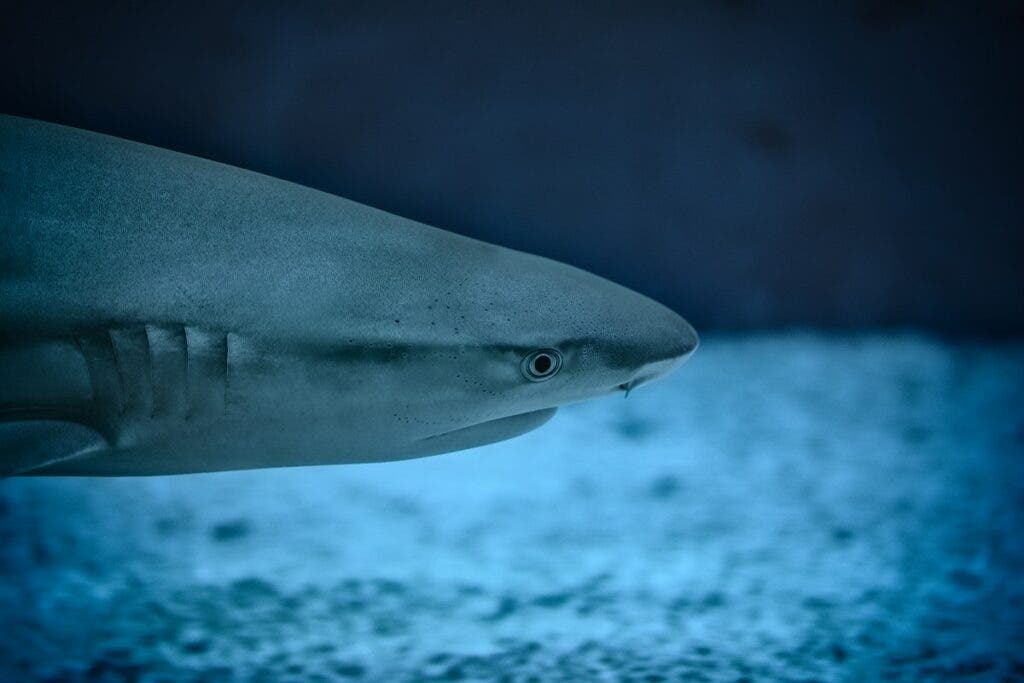In a somewhat surprising twist, new research finds that fish actually seek out sharks and… rub against them.

What’s the most dangerous animal you’ve ever patted? For most of us, it’s probably a particularly feisty dog. Fish throughout the seven seas, however, put us to shame, it would seem. According to a collaborative research effort led by the University of Miami (UM) Shark Research and Conservation Program at the Rosenstiel School of Marine and Atmospheric Science, fish seek out sharks and chafe against them.
Such behavior is frequent and widespread, the team explains, which suggests that shark chafing could play an important ecological role for sea dwellers.
Dancing with the devil
“While chafing has been well documented between fish and inanimate objects, such as sand or rocky substrate, this shark-chafing phenomenon appears to be the only scenario in nature where prey actively seek out and rub up against a predator,” said UM Rosenstiel School graduate student Lacey Williams, who co-led the study with fellow graduate student Alexandra Anstett.
It’s not the first time we’ve seen fish engage in such behavior, but the study is our first reliable source of data on just how widespread and pervasive this behavior actually is.
The team pooled together underwater photos, videos, and drone footage for the research. In this body of data, they found 47 instances of fish engaging in chafing behavior with sharks. These chafing events took place in 13 different locations around the world and lasted anywhere from eight seconds to five minutes. Multiple species were involved, both in regards to fish and to the sharks being chafed-upon. Twelve different species of finfish were seen chafing against eight species of shark, including the infamous great white sharks. At least one interaction involved silky sharks (Carcharhinus falciformis) chafing on the head of another shark — a whale shark, in this particular case. The single largest group of fish that the team recorded during a single chafing event numbered in excess of 100 individuals.
Another dataset — aerial drone surveys of Plettenberg Bay, South Africa — revealed a further 25 cases of shark-chafing, involving leerfish (garrick, Lichia amia) and a passing white shark.
All of this is fine and well, but obviously leaves a big question unanswered: why would fish intentionally seek out and rub against their predators?
“While we don’t exactly know why it’s happening, we have a few theories. Shark skin is covered in small tooth-like scales called dermal denticles, which provide a rough sandpaper surface for the chafing fish,” said UM Rosenstiel School research associate professor and study co-author Neil Hammerschlag. “We suspect that chafing against shark skin might play a vital role in the removal of parasites or other skin irritants, thus improving fish health and fitness.”
In other words, fish might use sharks for the same purpose we use fancy soaps: exfoliation. Rubbing against sharks likely helps fish remove bacteria and parasites from their skins. Sharkskin is covered in tooth-like scales known as denticles, V-shaped structures that reduce turbulence and drag, allowing them to swim faster and with less effort. Presumably, these same denticles make them very good exfoliators, as well.
The paper “Sharks as exfoliators: widespread chafing between marine organisms suggests an unexplored ecological role” has been published in the journal Ecology.


